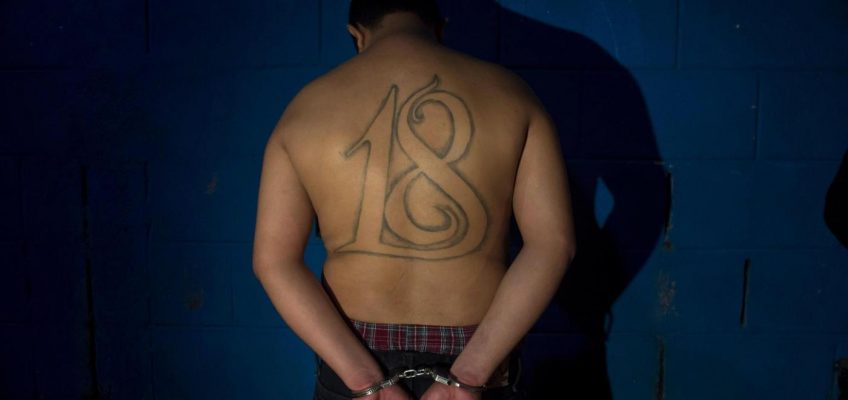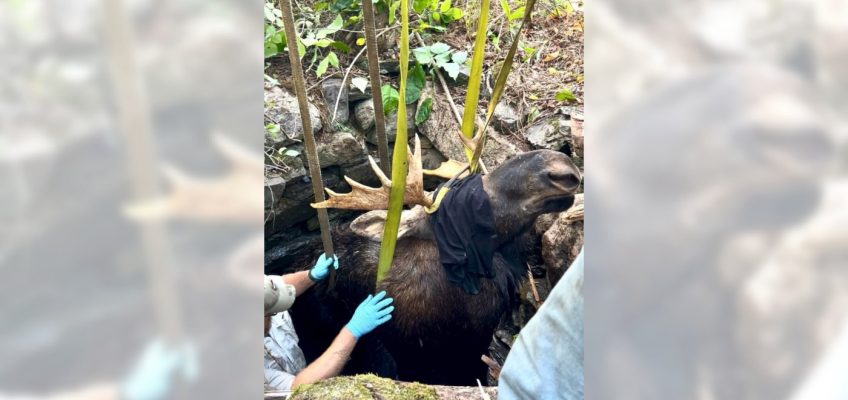By MEGAN JANETSKY
MEXICO CITY (AP) — The Trump administration Tuesday designated the Barrio 18 gang as a foreign terrorist organization, joining other Latin American criminal groups receiving the designation in recent months.
Related Articles
Scientists rebuke Trump’s Tylenol-autism claim, stress fever is bigger danger in pregnancy
Trump says he now believes Ukraine can win back all territory lost to Russia with NATO’s help
Lowering the temperature: Tips for transcending our polarized politics
Are young people more likely to support political violence than older people?
Secret Service dismantles telecom threat around UN capable of crippling cell service in NYC
Barrio 18, largely based in El Salvador, Guatemala and Honduras, originated in the United States as a street gang in Los Angeles created by young Salvadoran immigrants as a way to protect themselves. When many of their members were deported from the U.S. to El Salvador, the gang expanded and gained power across Central America, where it continues to terrorize communities.
In recent years, the gang has been dealt a powerful blow by El Salvador President Nayib Bukele, who has waged war on the country’s gangs, imprisoning more than 1% of El Salvador’s population for alleged gang ties with little evidence or access to due process. That has sharply dropped crime rates in El Salvador, but also fueled accusations of mass human rights abuses by the government.
In a statement on Tuesday, U.S. Secretary of State Marco Rubio said the designation “further demonstrates the Trump administration’s unwavering commitment to dismantling cartels and gangs and ensuring the safety of the American people.”
Bukele has long referred to members of the gang as “terrorists” and even built a mega-prison known as the Terrorism Confinement Center. It was that same lockup where 200 Venezuelan deportees were held earlier this year as part of an agreement with Trump.
On Tuesday, Trump thanked Bukele, an ally, on the stage of the United Nations General Assembly “for the successful and professional job they have done in receiving and jailing so many criminals that entered our country.”
Bukele’s government did not immediately respond to a request for comment.
It’s unclear what the designation would mean for law enforcement in the region. The Trump administration has ruffled feathers in Latin America as it has drastically expanded military actions by firing on boats in the Caribbean that it alleges were carrying drugs to the U.S. A number of people have been killed in those strikes.
Barrio 18 joins its rival, the Mara Salvatrucha, or MS-13, the Venezuelan gang Tren de Aragua and a number of Mexican cartels, including the Sinaloa Cartel and the Jalisco New Generation Cartel, in holding the foreign terrorist organization designation.
The designation has long been applied to groups that are more political in nature. While the Latin American groups have sown terror in the populations they lord over, they also are largely not political in nature and instead focus their efforts on raking in money through drug trafficking, extortion and other illegal activities.




